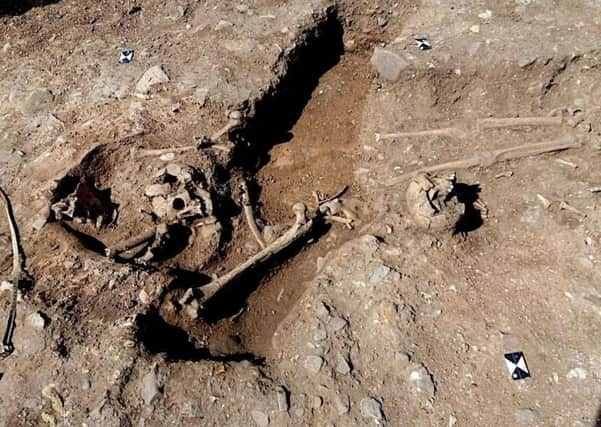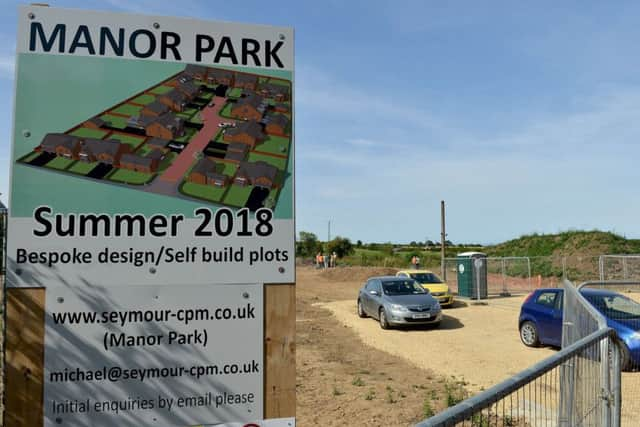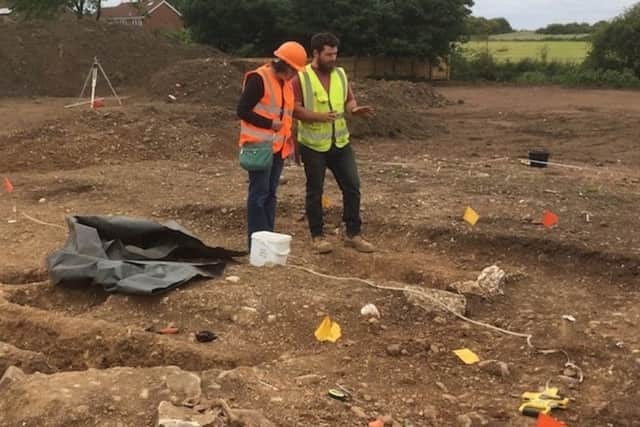Secrets of ancient burial ground uncovered on new housing site


Dozens of skeletons dating back over 1,000 years have been uncovered by archaeologists on the site of new development Manor Park in Hart village.
Remains of between 50 and 100 burials, believed to date from the 8th to 10th century AD are being painstakingly examined.


Advertisement
Hide AdAdvertisement
Hide AdThe land is due to be turned into 15 four to six bedroom self-build family homes in the development by Seymour Construction and Property Maintenance.
The developer declined to comment on the impact of the finds on the development.
Archaeological consultants NEAR Ltd said the burials, believed to be Christian rather than pagan, are being examined and recovered before building work starts.
A resident who has lived in Hart for 22 years, said he has seen archaeologists on the site for the last five weeks.


Advertisement
Hide AdAdvertisement
Hide AdNews of the finds have been kept under wraps until now due to site security.
The 65-year-old resident said: “I take my dog for a walk behind the site and you can see there are around eight archaeologists there.
“They have been there for the last five weeks and I have heard they are there after a 70 skeletons were discovered there and a number of artefacts dating back to the Anglo Saxon times.
“The site is going to be a housing development but they have recently taken the diggers off the site since the archaeologists arrived and there are lots of different flags in the ground now.”
Advertisement
Hide AdAdvertisement
Hide AdNEAR say the work is complex, demanding and sensitive. Evidence of infants and juveniles have been discovered.
Samples are being taken to help prove exactly how old they are and also what their diet, farming practices and the environment were like.
In a statement NEAR said: “There are still many uncertainties. Firm dates for the skeletal remains are yet to be established, and further skeletons are still to be recovered.
“An interesting possibility is that some of the remains date to the time of the early Viking incursions. But some may prove to be of a considerably later date.”
Advertisement
Hide AdAdvertisement
Hide AdResults from an assessment of the site by Durham University in 2016 led to NEAR drawing up a detailed framework for the excavations before planning permission for the housing could be implemented.
A licence had to be obtained from the government requiring the skeletons are kept away from the public gaze.
Tees Archaeology and Historic England have also been involved.